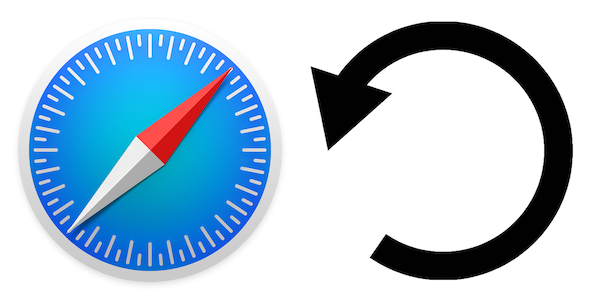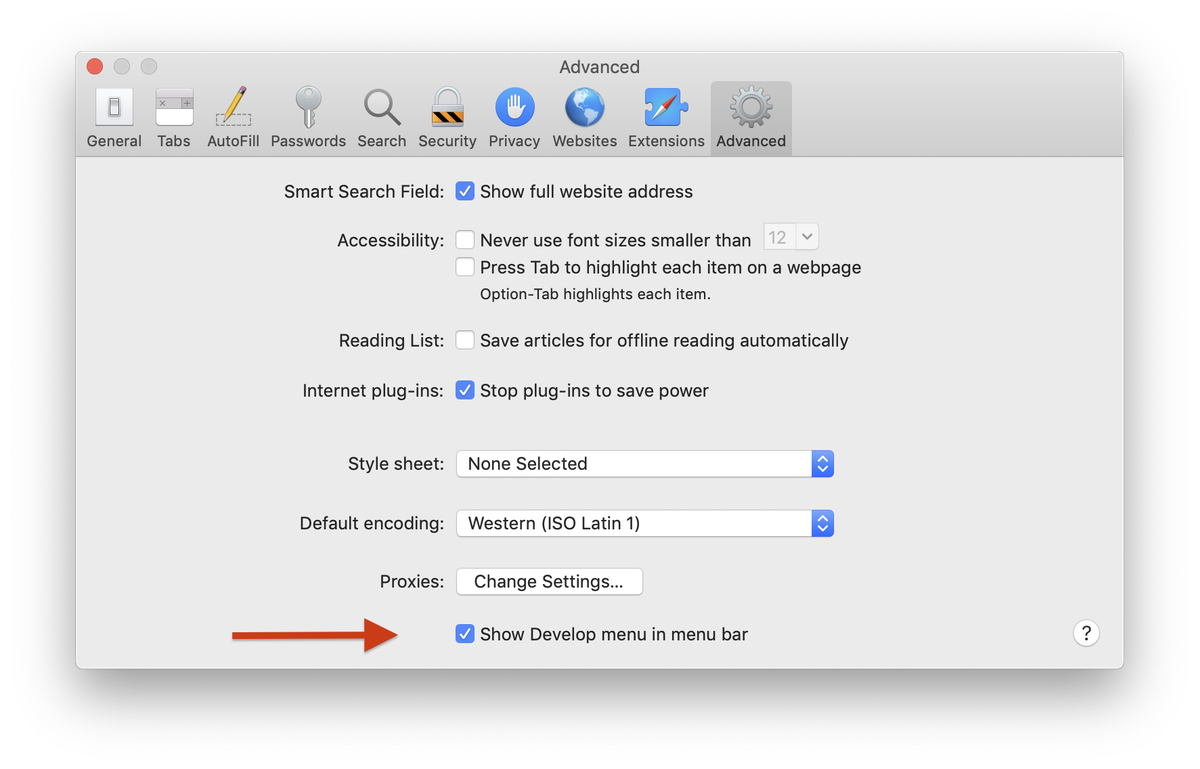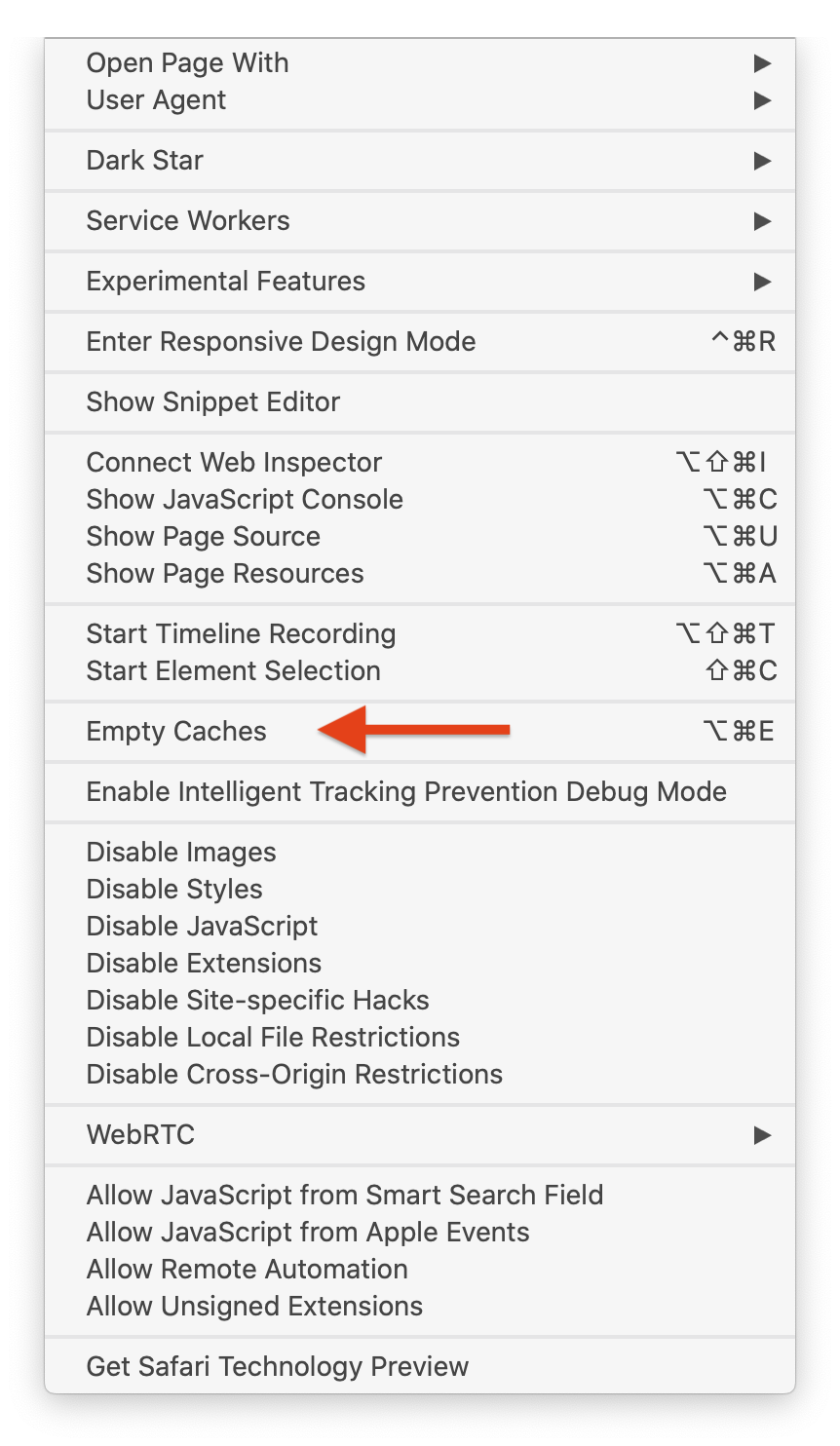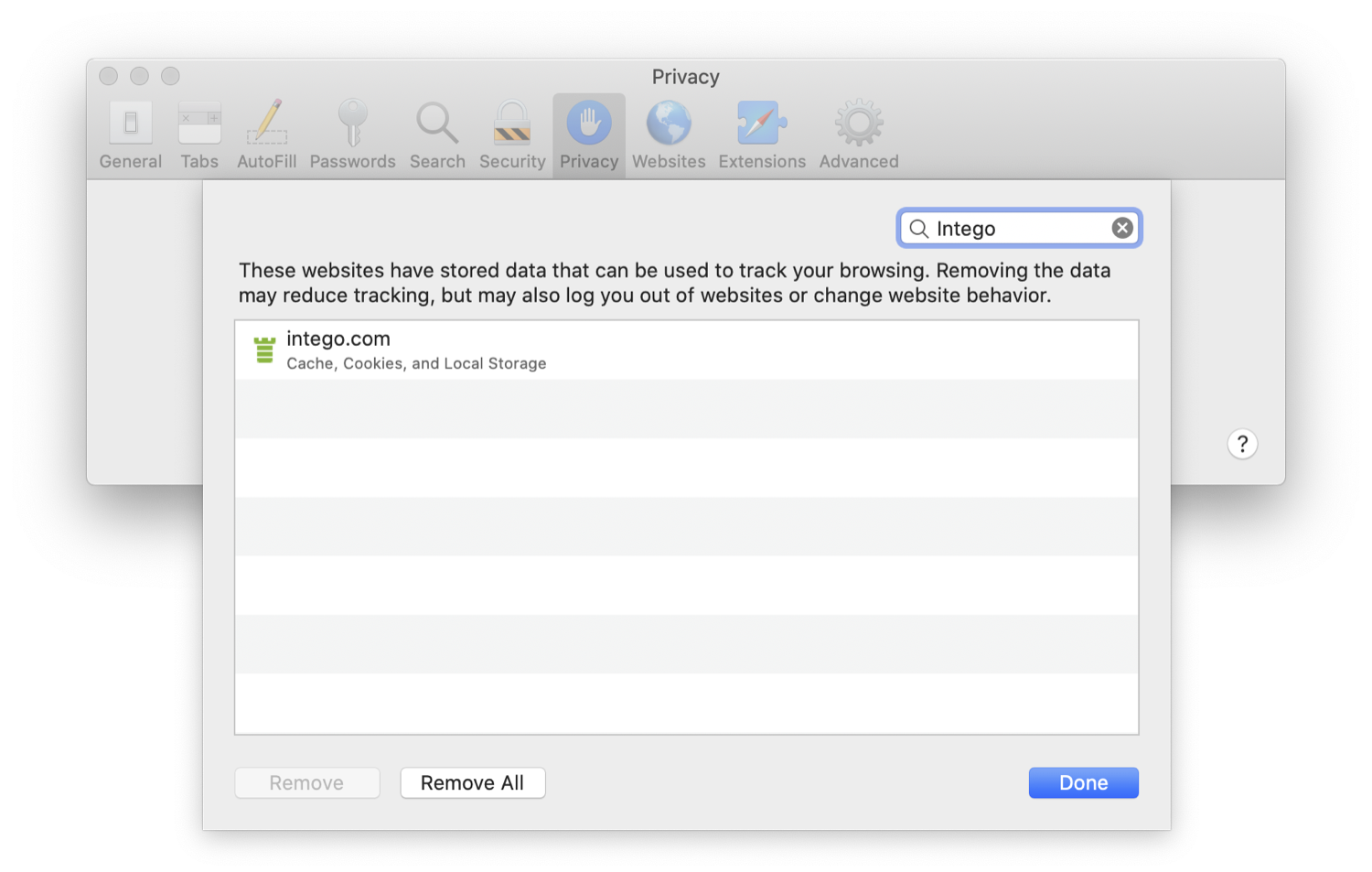How to Reset the Safari Browser on your Mac
Posted on
by
Kirk McElhearn

Sometimes when you have issues with the Safari web browser on your Mac, you may need to reset the app: delete its cache, delete all the data that it has stored about websites, and, perhaps, clear out extensions that could be causing issues. In this article, I’m going to explain how you can fully reset Safari, and return it to the way it was when you first set up your Mac.
I’ll cover several points:
- How to delete your Safari cache
- How to remove website data, such as cookies
- How to examine and uninstall extensions
- How to delete bookmarks
- How to delete preferences and settings
Delete the Safari web cache
To make your browsing experience more efficient, web browsers cache data, which means they store files on your computer so when you return to a website, you don’t need to download all if its elements. For example, if you regularly view a web page that contains a number of graphics, not downloading those graphics again will save time, and save bandwidth, both for you and for the web host.
Sometimes, however, you may want or need to delete that cache. This is a first-line troubleshooting technique when you are having difficulty displaying web pages. Different browsers have different methods for doing this, and Apple’s Safari makes this complicated, for some reason. Here’s how you can delete your Safari browser cache.
Turn on Develop Mode
In older versions of Safari, it was easy to delete the web cache. (See this article for instructions). But to access the Empty Caches menu item in the current version of Safari, you need to turn on Develop mode.
To do this, go to Safari > Preferences, then click Advanced. Check Show Develop menu in the menu bar.

If you click the Develop menu that displays, you’ll see a slew of menu items. These are mostly used be developers who need to see the source code of a web page, check how JavaScripts run, and even try out web pages in different sizes, to see how they display on mobile devices.

Delete the Safari cache
Near the middle of the menu, you’ll see an Empty Caches menu item. Select this, and Safari will delete the files it’s stored on your Mac. This will help free up some disk space; some cases, there can be hundreds of megabytes of files, or even more. But it will also tell Safari to reload every item on every web page you visit, ensuring that if you did have corrupted files, or other issues with files in the cache, they will resolve. It’s a good idea to quit Safari and relaunch it after you do this.
Remove website data
In addition to this cache, Safari can also store cookies and other data from websites. This is easier to delete. Go to Safari > Preferences, then click Privacy. Click Manage Website Data. This window shows all the sites that have stored data on your Mac. In general, you’ll delete data for a site when you’re having trouble displaying it, so type the name of a site in the search field, but you may want to delete this data from time to time for privacy reasons.

Click the name of the website in the list, then click Remove. When you do this, you’ll need to log into the site again.
There’s a nuclear option to empty all stored data, and this is how you can fully reset Safari: the Remove All button. It’s actually a good idea to click this every now and then; it deletes all stored data and cookies for every site you’ve visited in Safari, and makes it more difficult for advertisers to track you. But remember, you’ll have to log into every site you visit again, and you’ll lose any local settings you’ve saved for a site, such as themes, font sizes, etc.
Check and uninstall Safari extensions
Safari lets you install extensions which enhance the browser’s capabilities. Extensions can include tools to save web pages for read-later services, or in apps where you can store notes; there are extensions for password managers, so they can help you log into and save passwords for websites; and there are ad blockers, tracker blockers, and more. In some cases, Safari extensions are bundled within apps, in others you download and install them individually. You can find Safari extensions in the Mac App Store, or you can choose Safari > Safari extensions to open a page in the Mac App Store showing what’s available.
You can view your Safari extensions by choosing Safari > Preferences, then clicking Extensions.

Click an extension in the sidebar to learn more about it. In the above screenshot, you can see an extension for Bear, an app I use to store notes and web pages. Each extension tells you its name, what it does, and the permissions that you grant it by enabling it.
If you need to troubleshoot web page viewing issues, try disabling extensions by clicking their checkboxes. If you see any extensions you don’t remember installing, or whose apps seem unfamiliar, select them and click Uninstall. You can fully reset Safari extensions by selecting each extension and uninstalling it.
Delete preferences and other Safari settings
Finally, to fully return Safari to its native setup, you need to delete a folder containing preferences and other settings. In your user folder, go to /Library/Containers, then look for a folder named com.apple.safari. If you delete this folder, all your settings will be erased; this folder is also where Safari stores its cache.
Finally, some data in Safari, such as bookmarks and your Reading List, is synced via iCloud. If you have this enabled, you can disable it so Safari on your Mac no longer syncs with your other devices – such as another Mac, an iPhone, or an iPad. Go to System Preferences, then click Apple ID at the top of the window. In the iCloud settings, uncheck Safari, and this will stop syncing data with your other devices.

With the above operations – deleting the Safari cache, deleting websites data, uninstalling extensions, and deleting preferences and settings – you can reset Safari so it’s as it was when you first set up your Mac. Make sure to quit Safari and relaunch it after you’ve done the above steps.